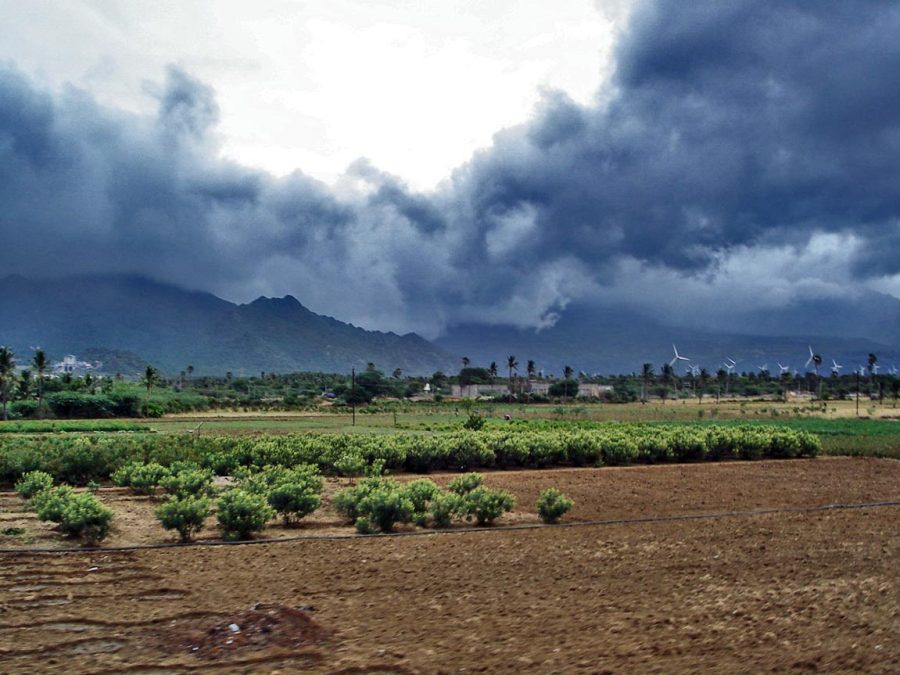What’s a Monsoon?
March 18, 2022
Monsoons are seasonal rainfall occurrences that occur on every continent except Antarctica. One of the six yearly worldwide monsoons, North America’s, is a bit of a troublemaker. Summertime brings wet weather to Mexico and the American Southwest, bringing nourishing rainfall for crops as well as the possibility of flash floods and powerful winds.
The monsoon in North America has always been a little unusual. It has a lesser geographical distribution than its more powerful Asian and African counterparts. In comparison to other monsoons throughout the world, the North American monsoon has less rainfall and a less significant cyclical flip in wind patterns.
Scientists have recently discovered the mystery around the world’s most misunderstood rainstorm. Topography, not temperature differences, which fuel the other five monsoons, is what drives the North American monsoon, according to a team of experts led by William Boos, an atmospheric scientist at the University of California, Berkeley. The findings were published in the journal Nature in November of last year. During the summer, when the land becomes hotter than the ocean, a monsoon occurs. Cooler winds blow in from the oceans, bringing moisture with them that will gradually saturate the land
The Sierra Madres and adjacent mountains, according to Boos’ team, are what cause the periodic rains throughout a large stretch of the continent’s southernmost corners. As the moisture-rich jet stream rushes through the North American continent from west to east, a component of it flows southward along the mountain range’s continuous strip of greater elevation. The damp air is forced up into the atmosphere by the Sierra mountains, where it condenses into rain, kicking off the monsoon.
Because of its mountains’ proximity to the warm Pacific Ocean, which reaches from Earth’s upper hemisphere all the way to the equator, the American Southwest is especially suited for brewing up an eccentric monsoon. Scientists have long struggled to model the monsoon mechanism using computers. Because the Sierras are rather narrow for a mountain range, low resolution computer models are unable to capture their topographical elements in order to replicate their meteorological impact. The Sierras’ comparatively sparse features necessitate the use of a supercomputer to create an intricate model.
Boos’ team used LBNL’s National Energy Research Scientific Computing Center’s computing capacity to recreate the landscape with incredibly fine resolution. The calculations required the researchers five million computer hours spaced out over six months—equivalent to a supercomputer processor operating for five million hours or five million processors working for an hour.
Scientists are unsure how the North American Monsoon may change when climate change occurs. The first step in assessing the susceptibility of climate patterns is to identify their primary drivers, such as the jet stream. We might be able to state something more definitive about what will happen now that we have a better knowledge of the system’s basic mechanics.
The monsoon has historically followed a predictable pattern in the Southwest, ushering in afternoon rains during the height of summer. Researchers will be able to foresee its fate if they can figure out what makes it tick, such as if its regularity would vanish in the face of the planet’s unstoppable warming.
Source: https://www.cpc.ncep.noaa.gov/products/outreach/Report-to-the-Nation-Monsoon_aug04.pdf
